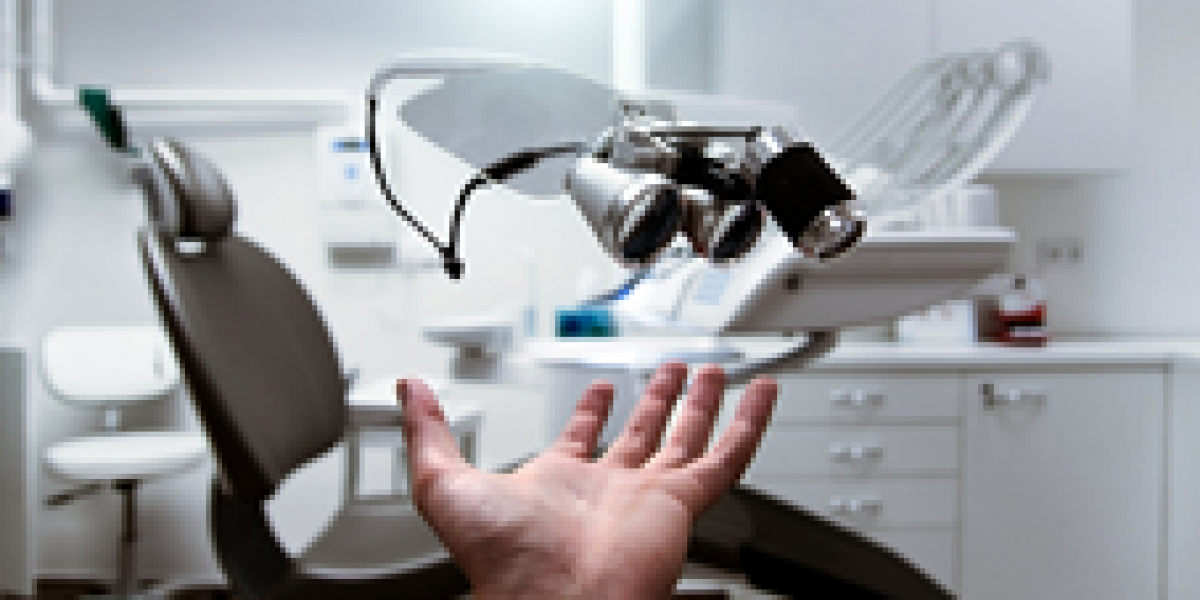Facts As To What Causes Periodontal Disease
1. Bacterial Induced Infection – There are over 350 bacterial species found in the oral cavity, 12-15 of these are considered periodontal specific and can be used as “markers” to confirm the existence of periodontal disease.
2. Host Immune Response – describes an inadequate or unregulated immune response by the body that may be associated with other compromised body systems.
3. Risk Factors – Broken down into things we can control such as restorative needs, tooth mobility, teeth grinding, stress, and smoking (the #1 factor). Then there are those things we can not control such as age, ethnicity, chronic illnesses, diabetes, hormonal or genetic factors, AIDS, and other deficiency diseases.
Clinical Diagnostic Signs
In the early stages of the disease, the destructive inflammatory process occurs without signs or symptoms. Once the clinical signs or discomfort is present, the disease process may be will under way:
1. Bleeding upon brushing or probing – relates to tissue health.
2. Gum pocket depths – related to gum recession and vertical loss of attachment.
3. Tooth mobility – generally caused by tooth-supported bone loss.
4. Gum pocket bacteria – may demonstrate pus or exudates. Antibiotics may be necessary.
Rationale For Treatment
Long-term research supports non-surgical intervention for the treatment of most classes of periodontal disease. The critical mass concept implies that if the quantity of bacterial stimuli such as plaque or calculus in maintained below the host’s reparative ability, then healing takes place. Root planning is an effective technique for debridement and remains the most important aspect of periodontal therapy for the maintenance of gum attachment levels and control of plaque-induced diseases.
Treatment Goals
- Attain Tissue Health, a shallower gum pocket through shrinkage of the soft tissue wall with clinical gain in gum attachment levels.
- Reduction of the inflammatory process in the surrounding tissues with the elimination of bleeding. Consistent absence of bleeding is 99% predictive of disease inactivity.
- Conversion of the bacteria within the gum pockets to those compatible with health
- Attain a root surface that is biologically compatible with maintenance and reformation of a healthy and functional gum attachment


